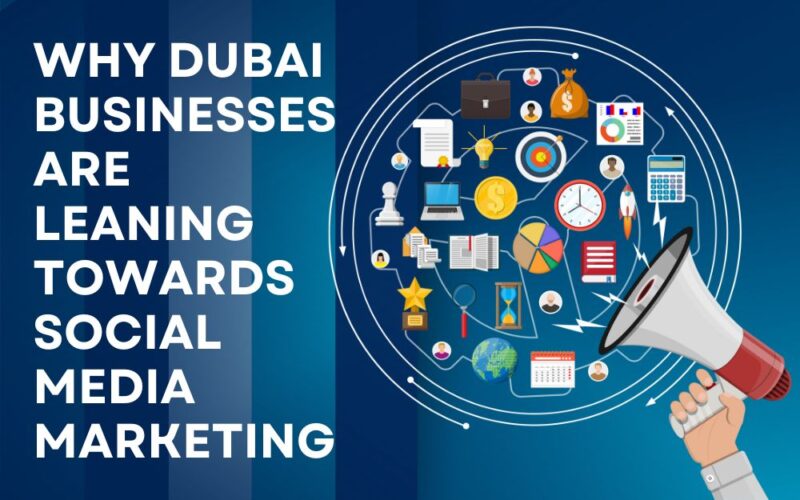Why Dubai Businesses are Leaning Towards Social Media Marketing?
Dubai, known worldwide for its gold and glamour, isn't simply a tourist mecca - it's also an active commercial hub that prides itself on adaptability and forward thinking commerce practices.…










